The Tablet PC: An in depth look with the FIC SlateVision
by Matthew Witheiler on December 12, 2002 7:43 AM EST- Posted in
- Laptops
Construction: Under the Hood
In a Tablet PC such as the SlateVision the hardware chosen for the system was selected not to be the most powerful out there but to provide the best balance between performance and battery life. As a result, FIC turned to some fairly slow but low power usage components. Our engineering sample SlateVision came with an 800MHz Crusoe TM5800 processor, 256MB of PC133 memory, a Lynx 3DM8+ graphics chip, and a 20GB hard drive. Keep in mind that the specifications on the unit are said to be changing for the final shipping unit. The retail model is supposed to come with the 1GHz version of the TM5800 Crusoe processor and offer DDR memory; two items which should help speed noticeably.
The brains of the SlateVision is the Transmeta Crusoe TM5800 processor. Transmeta earned a name for themselves a few years back with the announcement of the Transmeta CPU which promised to provide high performance computing with low power consumption. The x86 compatible processor was to combine hardware and "code morphing" software to allow the VLIW (Very Long Instruction Word) Crusoe to understand x86 commands. The benefits: a smaller CPU package that consumed up to 70 percent less power than competing chips.
Transmeta CPUs have been used in portable computers for some time now and are the processor of choice for ultra-portable systems because of their low power consumption.
The flip-chip Crusoe TM5800 is mounted directly on the SlateVision's motherboard and is not available in a socketed configuration. As you may recall, the Crusoe TM5800 includes 128K of L1 cache and 512K of 4-way set associative write back L2 cache. The chip also includes an integrated northbridge, providing DDR or SDR SDRAM support as well as a PCI controller and a southbridge interface. The TM5800 appears to improve upon the older TM5600 chip (used in the PaceBook Paceblade) by running at faster clock speeds (thanks to a smaller manufacturing process) and implementing a new version of Transmeta's code morphing software (now up to 4.2).
The CPU is cooled via a passive heatsink much like the ones found over the northbridge of a good number of motherboards. The heatsink, although small, seems to get the job done as indicated by the low operating temperature we measured on the system.
The video chip is also mounted on the back of the SlateVision's motherboard. For a video solution FIC turned to the low power Silicion Motion Lynx3DM8+ chip; also the same chip we initially saw in the PaceBook Paceblade. The chip, which came out almost two years ago, offers 2D and 3D support, although it is not meant to be a gaming chip and is akin to mobile integrated graphics controllers. The chip in our system included 8MB of integrated video memory and also includes hardware rotation, allowing the system to change from landscape to portrait mode, as well as fairly good power management technology. Again, although the Lynx3DM8 supports 3D, it is certainly not happy running it as even the animated Windows XP screens ran a bit slow and jumpy.
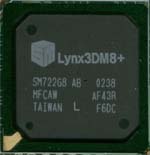
The SlateVision's motherboard actually includes 128MB of integrated memory on it; half mounted on the back of the motherboard and the other half on the front. The SODIMM expansion slot is located on the back of the motherboard and in our engineering sample was outfitted with 128MB of Mushkin PC133 memory to bring the total memory of the system up to 256MB.
The other expansion connector, the miniPCI slot, is also located on the back of the motherboard. In our unit the slot was occupied with an Actiontec 802MIP (W) 802.11b wireless card. The card is capable of accepting two separate wireless antenna inputs and the SlateVision is the first system we have seen take use of both inputs, with two antenna in the system: one on the unit's top and one on its left side.
The internal modem is also found on the back of the motherboard:
The final chip of importance on the SlateVision's back is a Realtek RTL8100L fast ethernet controller with power management.
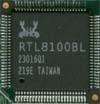


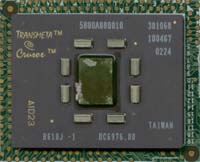
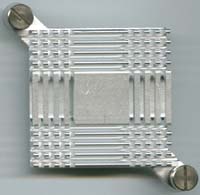

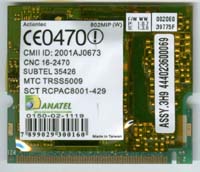
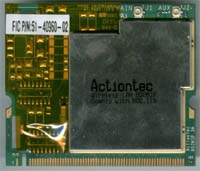

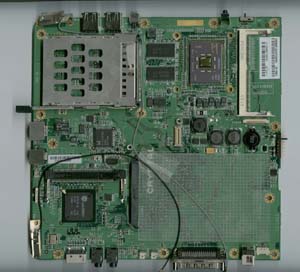








2 Comments
View All Comments
hemadoi - Thursday, November 15, 2018 - link
Hey! Great post on the topic, I really enjoyed with this article. I have just know about that Windows XP Tablet PC Edition maintains the full functionality of Windows XP Professional, including the advanced networking functions of the operating system.I also try to knows about MS Office and other Microsoft products at:
Thanks for sharing a valuable post!!!
samsun8521 - Wednesday, January 23, 2019 - link
That's a great web portal for me.